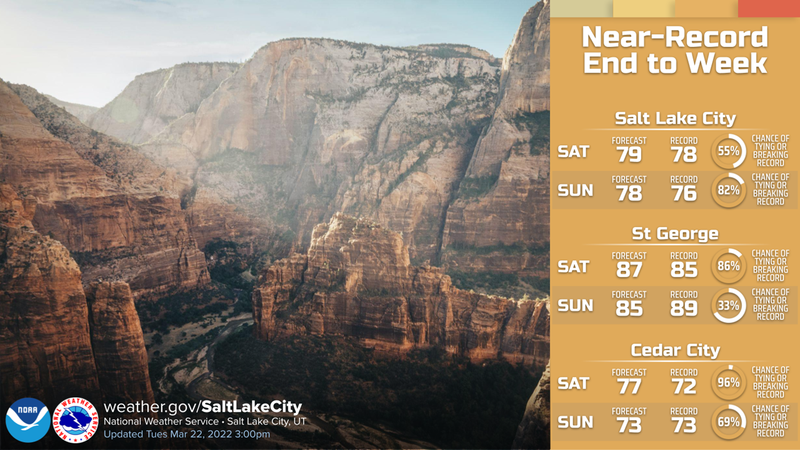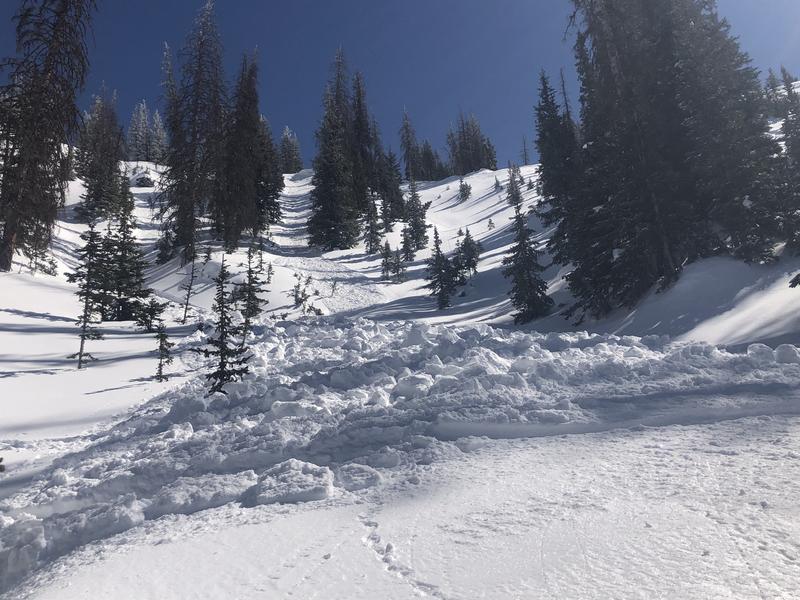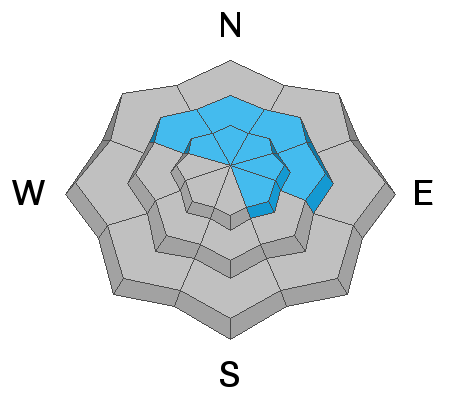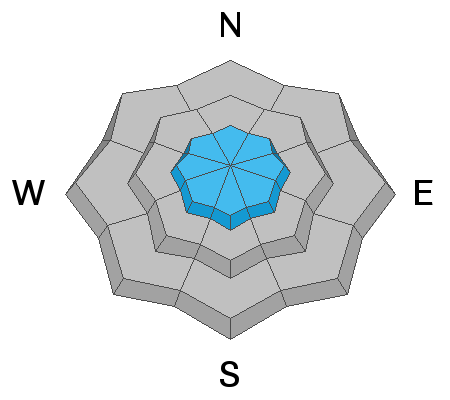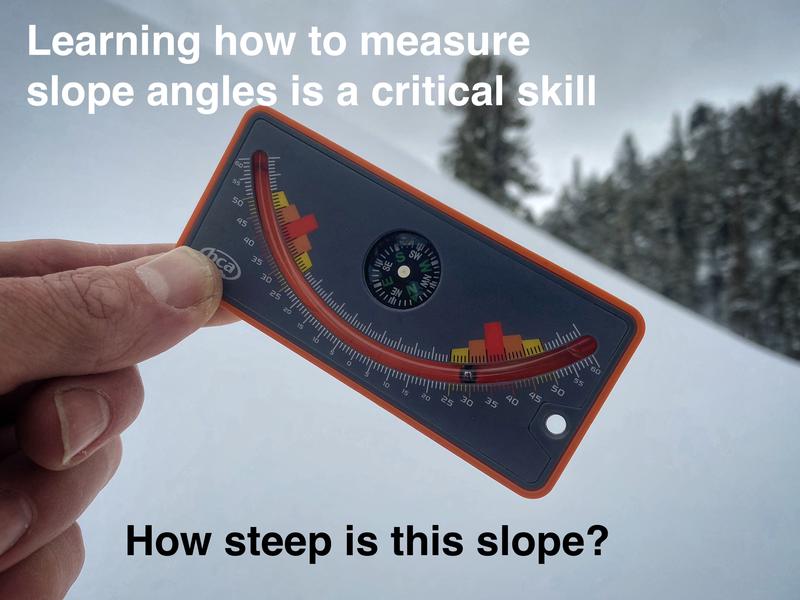Forecast for the Uintas Area Mountains

Issued by Craig Gordon on
Wednesday morning, March 23, 2022
Wednesday morning, March 23, 2022
Today you'll find MODERATE avalanche danger and human triggered avalanches are POSSIBLE, but for two very distinct avalanche dragons.
First the manageable... fresh drifts near and above treeline will react to our additional weight and may break a bit deeper and wider than you might expect. Next, the unmanageable... avalanches breaking 2'-3' deep and failing on our persistent weak layer, may be a bit more stubborn to trigger, but they'll pack a powerful punch, especially in terrain near and above treeline on slopes facing NW-N-NE-E.
Slopes facing the south half of the compass at mid and low elevations offer LOW avalanche danger and human triggered avalanches are unlikely.
Scroll to the bottom for a note on slope angle and how to have a blast without entering avalanche terrain.
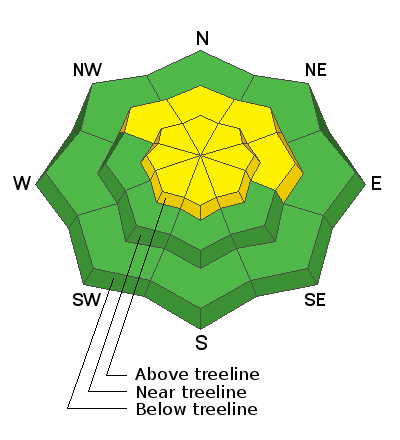
Low
Moderate
Considerable
High
Extreme
Learn how to read the forecast here


